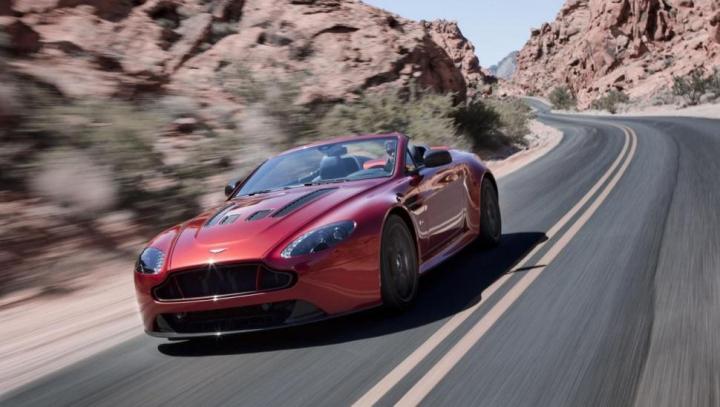
British sports car manufacturer Aston Martin has been awarded a temporary safety exemption from the National Highway Traffic Safety Administration (NHTSA), one that grants the brand immunity to side-impact crash requirements that go into effect next September.
The vehicles in question are the DB9 and Vantage, two of Aston’s most popular models, so a ban in the U.S. could have been a fatal setback for the struggling automaker.
Here’s what the NHTSA said: “NHTSA finds that Aston Martin has made a good faith effort to meet the pole test requirements by, inter alia, installing side air bags in vehicles substantially ahead of the date on which it was required to do so by that standard. Further, Aston Martin believes that its test data indicate that its vehicles may in fact pass the performance criteria of the pole test with the current side air bag.”
The boutique manufacturer is desperately trying to recover from a bad 2013, where Aston reported pre-tax losses of $40.6 million. New CEO Andy Palmer clearly has his work cut out for him.
Luckily for Palmer, the NHTSA has his back. In an online statement, the organization said, “The basis for the grant is that compliance would cause substantial economic hardship to a low volume manufacturer that has tried in good faith to comply with the standard.” Enforcement of the federal safety standards would cause the brand “substantial economic hardship,” the statement continued.
An Aston Martin spokeswoman told Reuters that if the exemption had not been given, up to 670 vehicles could have been affected over three years.
The DB9 and Vantage are now cleared until August 2017, which is right around the time when their replacements start to arrive.
Both cars are still in roughly the same form since their debuts roughly 10 years ago, and Aston is responding by developing a new aluminum platform that will accommodate Mercedes-Benz’s 4.0-liter biturbo V8. The DB9’s replacement is due out in 2016 for the 2017 model year, with the Vantage’s successor arriving in 2018.
UPDATE (11/4/14): We have updated the headline and added a quote from the NHTSA


